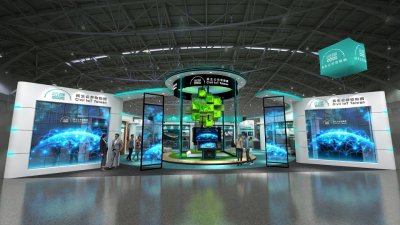
Civil IoT Taiwan
Civil IoT Taiwan is part of the government’s Forward-looking Infrastructure Development Program under the Digital Construction initiative. With the collaborative efforts of the National Science Council, Ministry of Environment, Ministry of Economic Affairs, Ministry of Agriculture, Ministry of Transportation, Ministry of the Interior, Ministry of Digital Affairs, and Academia Sinica, the project is jointly executed across departments, prioritizing four key areas: air quality, water resources, earthquakes, and disaster prevention and response. By leveraging artificial intelligence and IoT technologies, various smart living services are developed to assist the government and the public in jointly addressing the challenges brought by environmental changes. By combining the innovative power of industry, academia, and research, the project aims to develop the IoT industry ecosystem and export solutions internationally.
Indigenously Developed Air Quality Sensors
Solution Description
The Ministry of Economic Affairs, Department of Industrial Technology has commissioned the Industrial Technology Research Institute's Center for Smart Sensing and System Technology to develop a "Composite Long-Term Air Quality Sensor." This sensor is capable of simultaneously measuring particulate matter (PM2.5), ozone (O3), carbon monoxide (CO), volatile organic compounds (VOC), and other air quality monitoring parameters. The sensor utilizes optical detection methods to detect concentrations of suspended particulate matter (PM2.5) and ozone (O3) in the air. Innovative key technologies, including dual-channel micro-particle sieving, micro-particle signal feature recognition, LED dynamic light source stability, and multi-environmental factor compensation, are employed to enhance the sensor's lifespan and accuracy. Furthermore, semiconductor and micro-electromechanical (MEMS) technologies are utilized to create a micro-heating chip. This chip, combined with gas nano-sensing materials and a single-chip sensing control circuit, converts the detected gas sensing resistance changes into carbon monoxide concentration values for the detection of carbon monoxide (CO), total volatile organic compounds (TVOC), and other harmful and odorous gas concentrations.
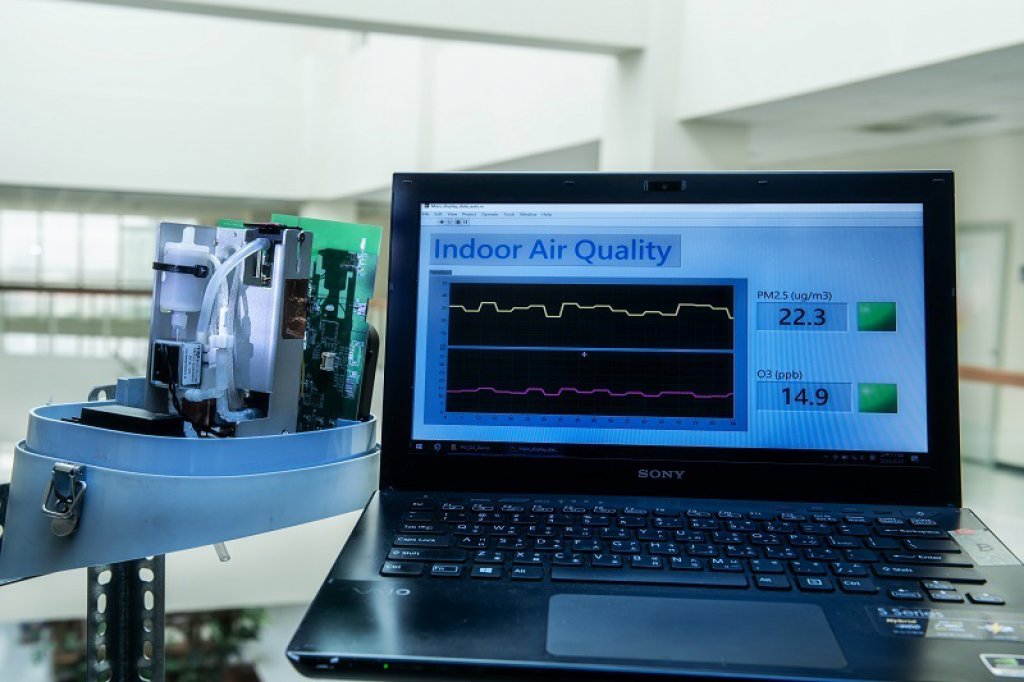
Download
Solutions
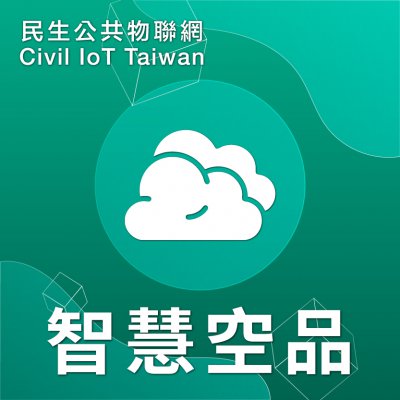

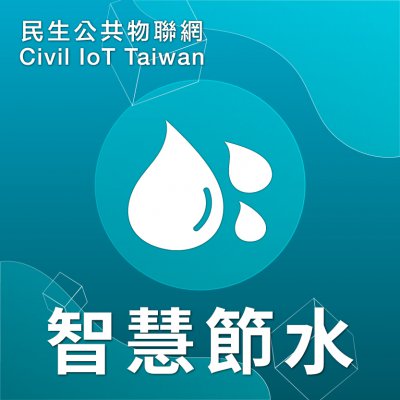

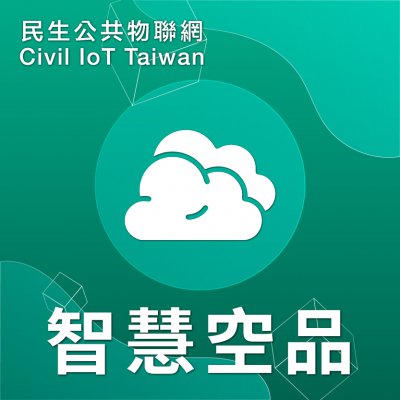

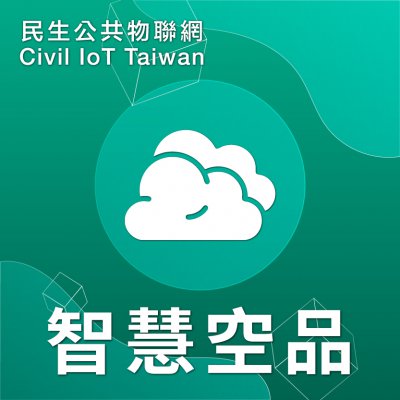

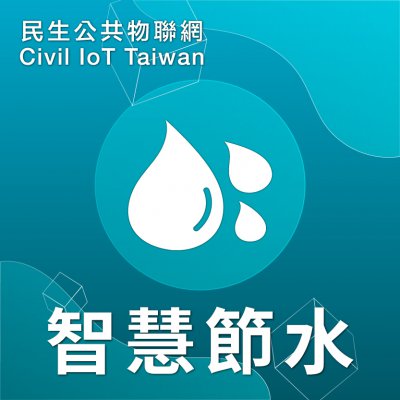

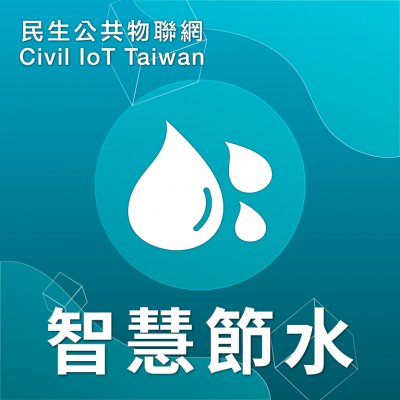

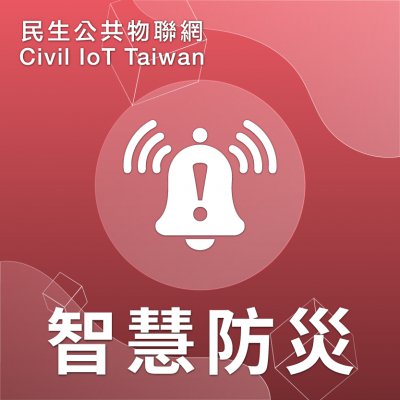

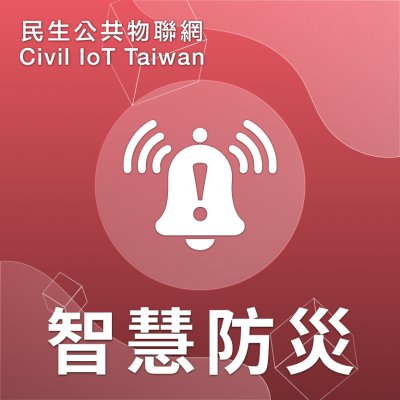

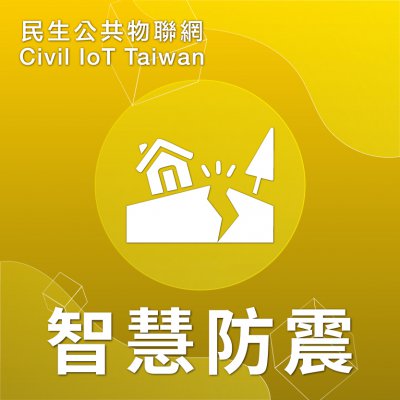

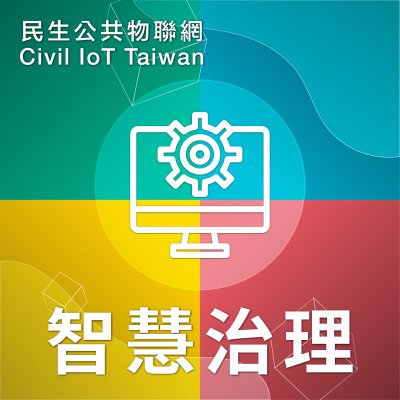

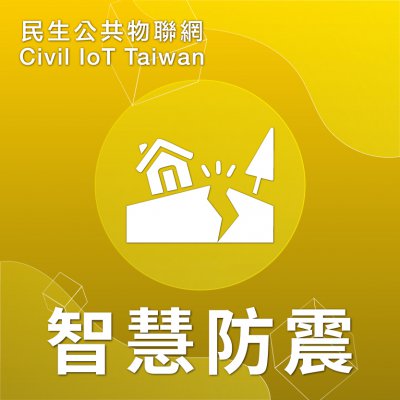




 、Firefox
、Firefox  、Edge
、Edge  瀏覽器!
瀏覽器!